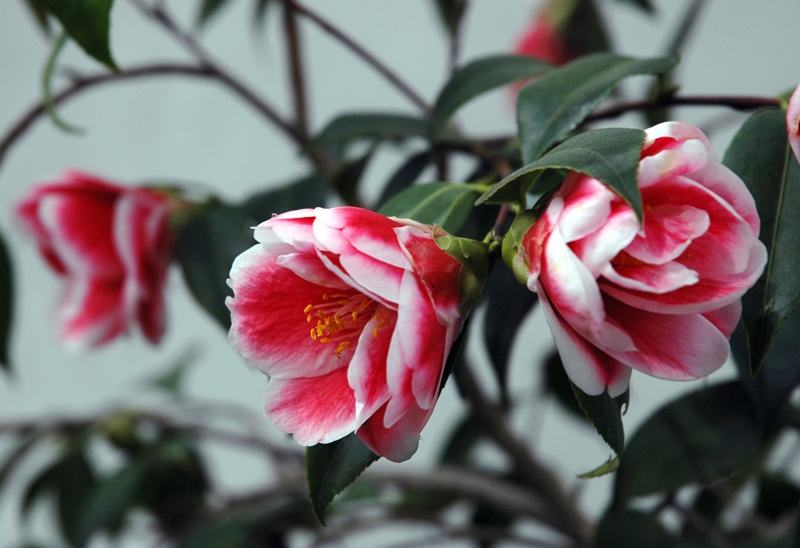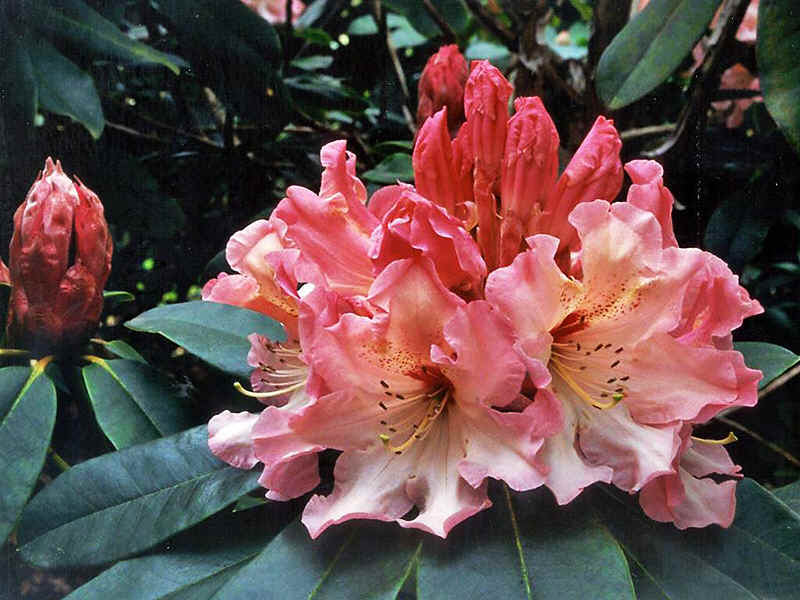Acid Lovers…
Posted by Hedge Stone | Acid loving plants, Camellias, Courtyard Garden, Garden Advice, Garden Design, Garden Maintenance, Mulching, Ornamental Trees, Soil pH | No Comments Acid loving plants…
Acid loving plants…
Both feared and revered by gardeners, the acid loving plants include popular garden ornamentals such as azaleas, gardenias, daphne, camellia, pieris and rhododendrons. Producing some of the most beautiful and wonderfully fragrant blossoms, these plants can be problematic for gardeners, as generally, they prefer a pH of around 5.5; this lower pH allows them to absorb the nutrients they require. Along with their particular pH requirements, these plants are sensitive to their microclimate and soil/water conditions.
Valuable maintenance tips for our acid loving plants
Check and balance pH levels
Acid loving plants can survive in soils with a pH range from 5 to 6.2 however prefer the pH to be between 5 and 5.5. You can use a home pH test kit to test your soil – pick one up at your local nursery. Soils that tend to be too alkaline or have a pH that is too high can be remedied by using the right selection of mulch and compost materials. A good solution is to use leaf mold; it tends to be acidic and breaks down quickly, making it excellent mulch that will also build the organic matter in the soil and lower the pH. If the pH needs adjusting there are many products available that introduce combinations of iron & sulphur into the soil to increase acidity and lower pH.
Mulch
As acid loving plants tend to require a soil rich in organic matter, mulches that break down have the added benefit of building the soil as they compost. Choose mulches like lucerne & pea straw. Using a long-term mulch like wood chips will require a separate program for maintaining the organic matter in the soil below and as the root systems of these plants are sensitive, is not ideal. Rhododendrons and camellias have shallow, fibrous root balls, which need to be kept cool and moist.
Irrigation
Regular watering is essential so choose a suitable watering system so either a well placed drip system or over-head system is preferred. Irregular, deep watering is not recommended as it causes the plants to drop their buds. Aerial sprays are an excellent choice for maintaining azaleas as spraying the underside of azaleas helps control spider mite infestations – a common pest affecting azaleas.
Pruning
Only ever prune these plants to shape or when hedging azaleas – otherwise it is not required. Disbud Camellia japonicas to improve the quality and size of the blossoms; remove excess flower buds along stems for optimal spacing and leave two buds at the terminus of the branch only. Rhododendrons can be deadheaded; take care not to damage the nodes beneath the blossoms on the stem otherwise there will be no new growth or flowers next season.
Soil Maintenance
This includes checking and improving drainage and amelioration. Improve clay soils by adding organic matter and using gypsum or clay breakers where necessary. Sandy soils can be built up with the addition of organic matter.
Fertilising
In soils with significant deficiencies, feed acid loving plants with a fertiliser designed specifically for the needs of acid loving plants. They contain added iron and sulphur to help maintain a low pH and often also include a soil wetter to aid in maintaining soil moisture:
Disbud
To increase flower size and vigor of the japonica camellias, remove excess flower buds along stems for optimal spacing and leave two buds at the terminus of the branch only.


